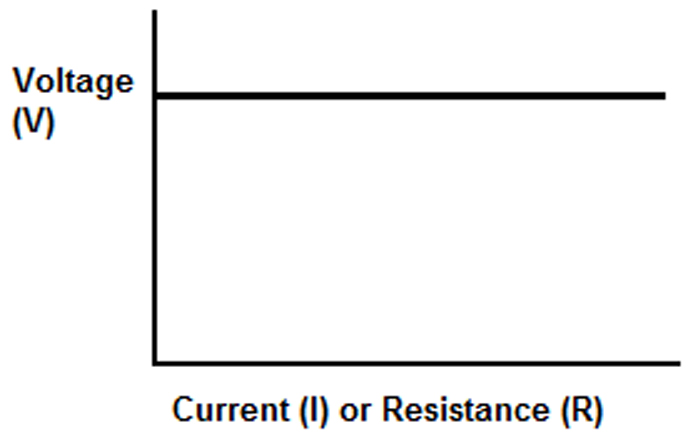Reasons Drivers are Important For LED Lighting
A lot of property owners are now switching over to
energy-efficient
lighting solutions to lower their power consumption and reduce their
carbon footprint.
You might have
considered to change your standard lighting to LED lighting and
returned from the hardware store with a trunk of LED strig lights and
a big dream, but you are not sure how this lighting works and how to
turn them on.
LED lights are a
good choice for business and home settings, however, the key to
accomplishing the ideal light-balance in your environment is by using
the correct power supply.
At this moment,
there are 2 domineering power supplies available when installing LED
lighting in your setting namely electronic transformers and 24v LEDdrivers. In this article, you will obtain information regarding 24v
LED drivers.
Installing LED
lights, you will need a unique device called a 24v LED driver to
operate and turn on your lights. LED drivers act in a similar way to
what a ballast achieves for fluorescent lighting. The LED drivers
administer line voltage into power fit to operate a LED. Furthermore,
since the electrical properties of LED alter due to temperature
changes, the driver maintains and regulates a constant 24 volts.
LED drivers have
three major functions. The majority of residential properties consume
120-277V AC electricity, however, LED work on low voltage DC
electricity. Therefore, the driver switches the higher voltage ACC
into a lower voltage DC current to equal the 24v what LED lighting
requires to operate correctly.
It is worth
noting that the voltage to the driver must be similar to the voltage
needed by the driver. If this is not the case, the voltage
difference can cause flashing or flickering.
A general tactic
for regulating light productivity is pulse-width modulation. If you
dim your LED bulbs, specifically at the lower end of light output, it
may result in it flickering.
The majority of
LED lighting need a 24v driver, a small number of them are designed
to operate on AC current. Even though the LED bulbs you purchase on
the market may not look like they have drivers, that feature with an
internal driver.
When doing
kitchen improvements and installing LED strips, you will require a
driver to operate the lighting. These 24v drivers can be purchased
separately and one driver can deliver electricity to more than one
LED strip.
For those
property owners that already have LED lights, if you discover that
your LED lighting is getting dim, it is most likely that the driver
is faulty and not your LEDs.
LED drivers run
at high internal temperature and can reduce the lifespan of the LED
bulb when used in a hot garage or enclosed fixture.
The driver may
not function optimally and can stop working before the LED seize up.
LED lighting
operates much better in cold temperatures CFLs since they are faster
than incandescent, whilst CFL bulbs may need a dim light, warm-up
before reaching full output potential.
For those
individuals that have just purchase a handful of LED strips to
install in their kitchen, it is best to buy a driver for your
lighting renovation.
In the past, LED
lighting products were very expensive to purchase. However
energy-efficient lighting solutions such as LED bulbs, 24v drivers,
dimmer switches, and more are becoming more affordable for consumers.
Reducing your power consumption and lighting up a room can be
accomplished when you purchase the proper lighting products and
installing them correctly. If you need help to choose the correct LED
lighting solution for your kitchen or bathroom area, ask the help of
a lighting and energy-efficient solution specialist to assist you and
give you informed advice.
About Us
Saving Light
Bulbs is a well-respected family-owned company based in the United
Kingdom that specialises in LED lighting and energy-efficient
solutions. We are passionate about helping domestic, commercial,
public as well as social enterprises to reduce their carbon footprint
by providing energy-efficient lighting services and products. With
more than 1000 products catalogued on our online platform, we stock
only the most reliable and highest quality products and can support
you whatever you budget. If you want to reduce your energy
consumption, upgrading your lighting and intergrading smart
solutions, our highly dynamic team is dedicated and friendly to
assist you with your requests. For more information visit
http://www.saving-light-bulbs.co.uk












